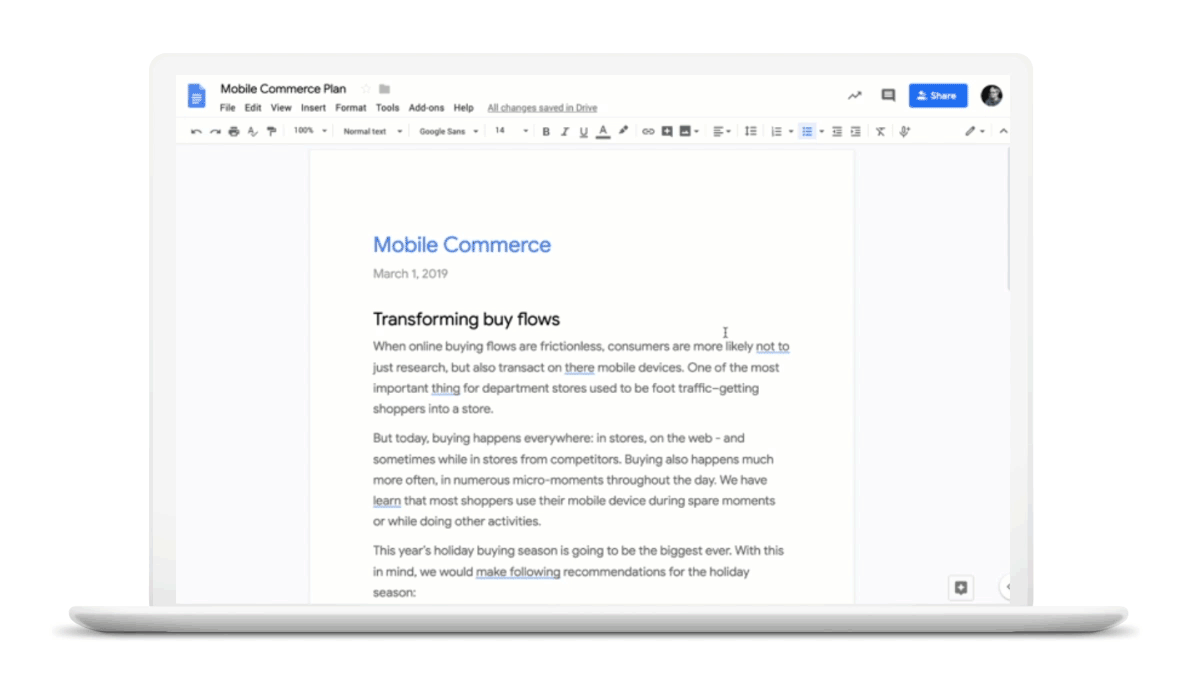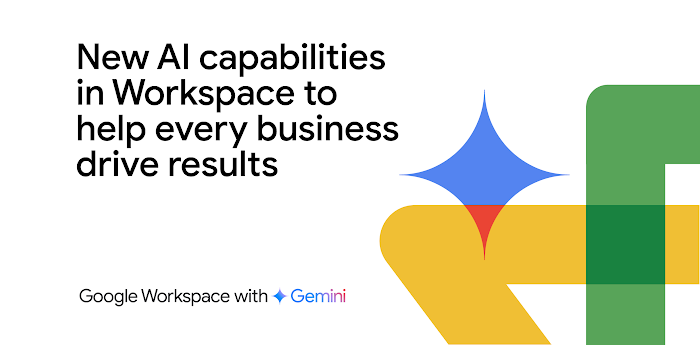Why so tense? Let grammar suggestions in Google Docs help you write even better
Vishnu Sivaji
Director, Product Management, Google Workspace
Try Google Workspace at No Cost
Get a business email, all the storage you need, video conferencing, and more.
SIGN UPIf you're working against deadlines to create documents daily (how’s that for alliteration?), having correct grammar probably isn’t the first thing on your mind. And when it is, it seems there’s almost always a contested debate about what is correct (or “which?”). Even professional linguists have a hard time agreeing on grammatical suggestions—our own research found that one in four times linguists disagree on whether a suggestion is correct.
We first introduced spell check in Google Docs to help folks catch errors seven years ago, and have since improved these features so that you can present your best work. Today we’re taking that a step further by using machine translation techniques to help you catch tricky grammatical errors, too, with grammar suggestions in Docs (which we first introduced at Google Cloud Next last year).
G Suite Basic, Business, and Enterprise customers will start to see inline, contextual grammar suggestions in their documents as they type, just like spellcheck. If you’ve made a grammar mistake, a squiggly blue line will appear under the phrase as you write it. You can choose to accept the suggestion by right-clicking it.


“Affect” versus “effect,” “there” versus “their,” or even more complicated rules like how to use prepositions correctly or the right verb tense, are examples of errors that grammar suggestions can help you catch. Because this technology is built right into in Docs, you don’t have to rely on third-party apps to do the work.
How it works
When it comes to spelling, you can typically look up whether a word exists in the dictionary. Grammar is different. It’s a more complex set of rules that can vary based on the language, region, style and more. Because it’s subjective, it can be a harder problem to tackle using a fixed set of rules. To solve the problem, we use machine translation to build a model that can incorporate the complexity and nuances of grammar correction.
Using machine translation, we are able to recognize errors and suggest corrections as work is getting done. We worked closely with linguists to decipher the rules for the machine translation model and used this as the foundation of automatic suggestions in your Docs, all powered by AI. Learn more about that process in detail in this blog post.
In doing so, machine translation techniques can catch a range of different corrections, from simple grammatical rules such as how to use “a” versus “an” in a sentence, to more complex grammatical concepts such as how to use subordinate clauses correctly.
Using artificial intelligence to make work easier
Google’s machine intelligence helps individuals collaborate more efficiently everyday in G Suite. If you’ve ever assigned action items or used the Explore feature to search for relevant content to add to your Docs, you’ve tried the power of AI first hand.
Happy writing!


